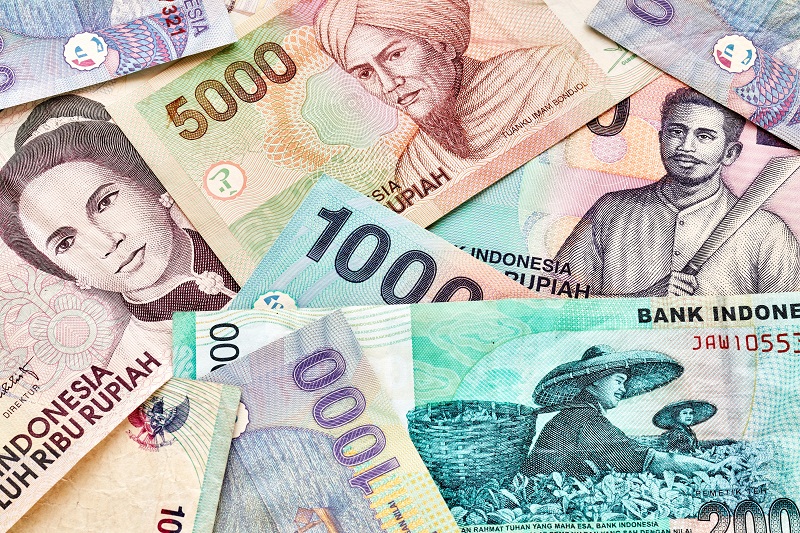Economic growth is a benchmark to measure the achievement of economic development from one period to the next period. Regional development is an integral part of national development and implemented based on the principle of regional autonomy—the improvement of welfare not only the obligation for the government but also the entire community. Therefore, the government should be able to empower all components of society, particularly the private sector, to play a bigger role in improving the welfare of the community. Thus, the economic growth that is more just and equitable can be achieved by better and faster. Government decentralization began to be practiced when the enactment of Law No. 22 Year 1999 on Regional Government and officially started on January 1, 2001. The authority of the district / city in organizing the regional autonomy began a very important role. Implementation of fiscal decentralization in Indonesia was appointed to create the aspect of independence in the area with the principles of local autonomy. East Java Province is one of the provinces in Indonesia whose economies are good. It can be seen from the percentage of economic growth in East Java is high. Not only that, at this time, but the level of fossil energy consumption in Indonesia also continues to increase, which means the vision to become a developed country with high economic growth will soon be achieved.
East Java Growth during the period 2001-2015 grew an average of 5:36%, above the national average growth, that only 4.86%. In macroeconomic theory, the terms of expenditure, gross regional income is the sum of many variables, including the investment. Investment itself is affected by foreign and domestic investment. Investment from the private sector can come from domestic and overseas (foreign). Investment is one of the variables online that can boost the economy of a region. Investments can include capital investment to open a new business, expand a business or add capacity and increase the number of goods and services activities which will absorb a lot of labor and increase the increase in spending and incomes.
So, the investment will boost per capita income of local residents. Growth in per capita income makes people no longer able to meet the basic daily needs, but the secondary and tertiary needs can be met. This is what will trigger the development of various economic activities in the area. Regional gross domestic growth (GDP), as a measure of the growth of the regional economy, can not be separated from the role of government spending in the public service sector. Local government expenditures are measured by the total recurrent and development expenditure allocated in the local budget. The larger the area of productive government spending than the increase rate of the economy in a region. In this case the role of government is essential in regulating the economy. One of the government’s roles in regulating the economy is to implement fiscal policy by allocating expenses to build a useful proposition and infrastructure for development. Government spending is closely related to the budget (local budget) because it will directly affect the revenue and the spending of each regional. So, it will affect economic growth directly. In the last four years, domestic investment has increased. This can be seen from the recording of the Investment Coordinating Board (BKPM), which noted that the realization of domestic investment during January-September 2010 reached Rp38,5 trillion, up Rp10.3 trillion compared to the same period in 2009. On Sunday October, 31 Deputy Head of BKPM Yus’anin Jakarta said according to BKPM data, domestic investment in food crops and plantations is the largest, covering 76 projects with a total value of Rp 4.5 trillion, followed by investment in transport, storage, and telecommunications which consists of 13 projects with a total value of Rp 3.1 trillion, While domestic investment in the food industry sector consists of34 projects with a value of Rp 2.8 trillion; essential chemical industry, chemical and pharmaceutical goods include 20 projects worth a total of 1.4 trillion; and investments in other services sectors are 33 projects worth a total of Rp1.1 trillion. Location domestic investments are located mainly in Central Kalimantan (Rp 2.8 trillion, with 23 projects); Jakarta (Rp 2.5 trillion, 27 projects); West Java (Rp1.9 trillion, 41 projects); East Kalimantan (1.8 trillion, 20 projects) and East Java (Rp1,8 trillion, 30 projects).
Author: Muryani, Desti Ratna Widyaningrum
Link:
https://jssidoi.org/jssi/papers/papers/view/535





